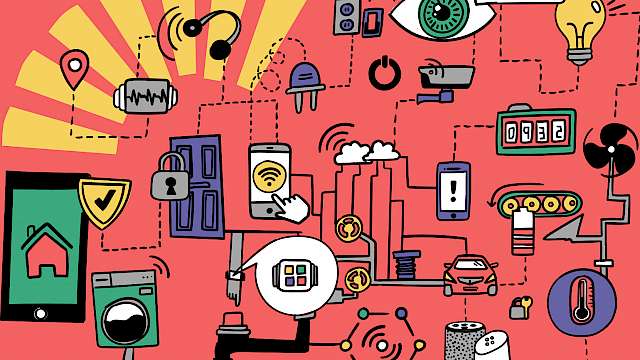
Individual differences in the adoption, secure use, and exploitation of smart home technology
The advent of the Internet of Things (IoT) has raised the prospect of increasingly connected devices within the home. From smart locks and home surveillance systems to connected appliances, light bulbs, and heating systems, such technology presents both multiple advantages and potential risks related to data security and personal safety. In order to maximise the benefits that such technologies can bring to society, it is vital to understand the factors that may influence their adoption and use, and how these may contribute to (or, indeed, mitigate) potential risks.
Although work in consumer behaviour has highlighted a range of factors that may influence technology adoption, the various benefits of smart home devices may result in particular groups of the population becoming lead adopters of such technology, such as older adults using technology to maximise their independence. As a result, the majority of IoT research from the user perspective has predominantly focused on the needs of specific user groups, leading to a call for more consumer-focused research across broader populations in this area.
Current research has also yet to address how differences in the adoption and use of new technology by different consumer groups can influence the potential for emergent vulnerabilities that are likely to be exploited in the criminal sphere. For instance, to what extent are different users likely to consider, understand and mitigate potential security and personal safety risks associated with the technology that they purchase? And how might this influence how they choose to use such devices? How might criminal groups and others with malevolent intent exploit and react to potential vulnerabilities? And how might consumers themselves respond to these evolving risks?
This project uses home-based IoT technology and cyber-enabled crime as a basis to explore the relationship between individual differences in the adoption and use of new technology, and the exploitation of such technologies for nefarious purposes.
The project sets out to:
- Use home-based IoT technology as a framework to identify the potential of these devices to be exploited for criminal purposes via the ‘cyber enablement’ of particular crimes.
- Investigate the influence of individual differences in psychological characteristics and socio-demographic factors on the adoption and use of these devices at the consumer level, including how this may differ in response to perceived vulnerabilities of devices.
- Consider how these individual differences in adoption and use may contribute to the exploitation of IoT devices by nefarious individuals.



